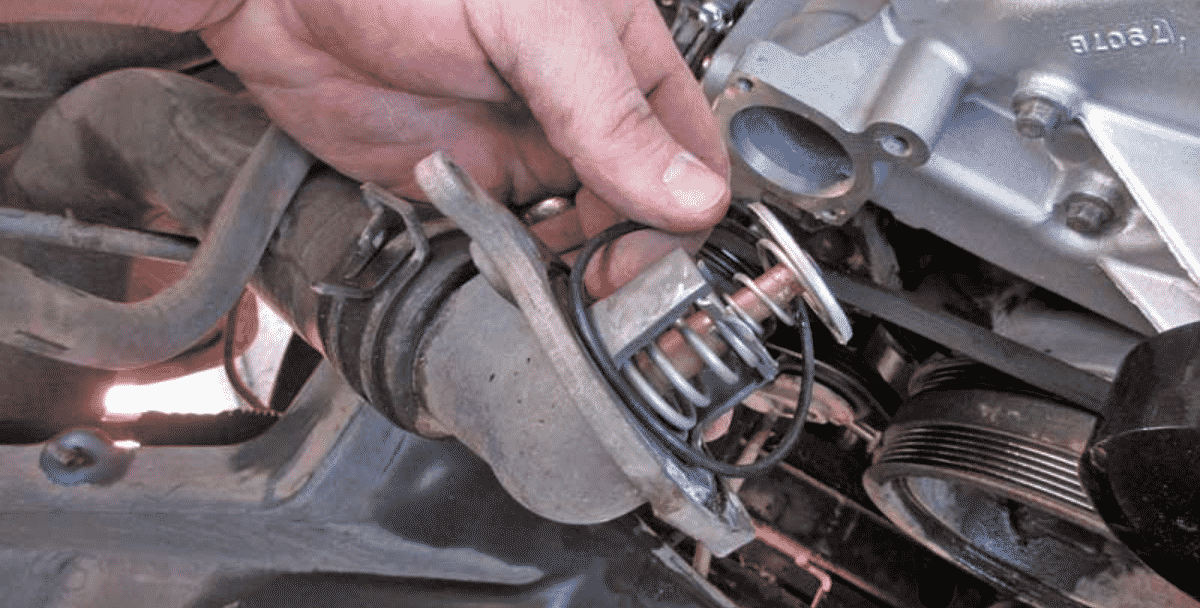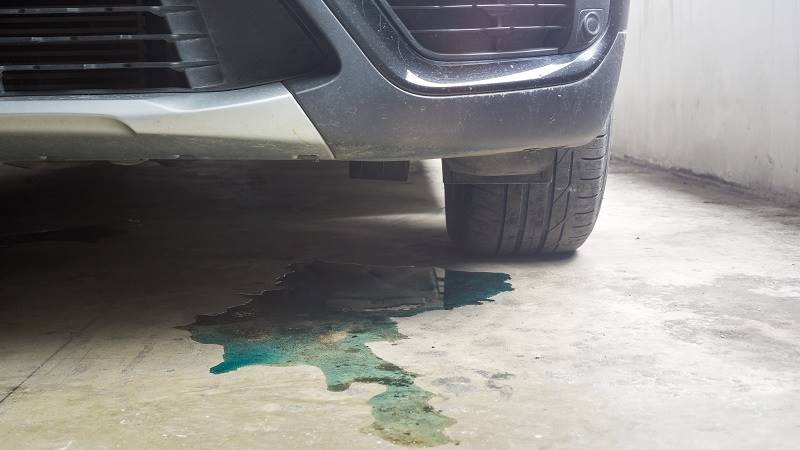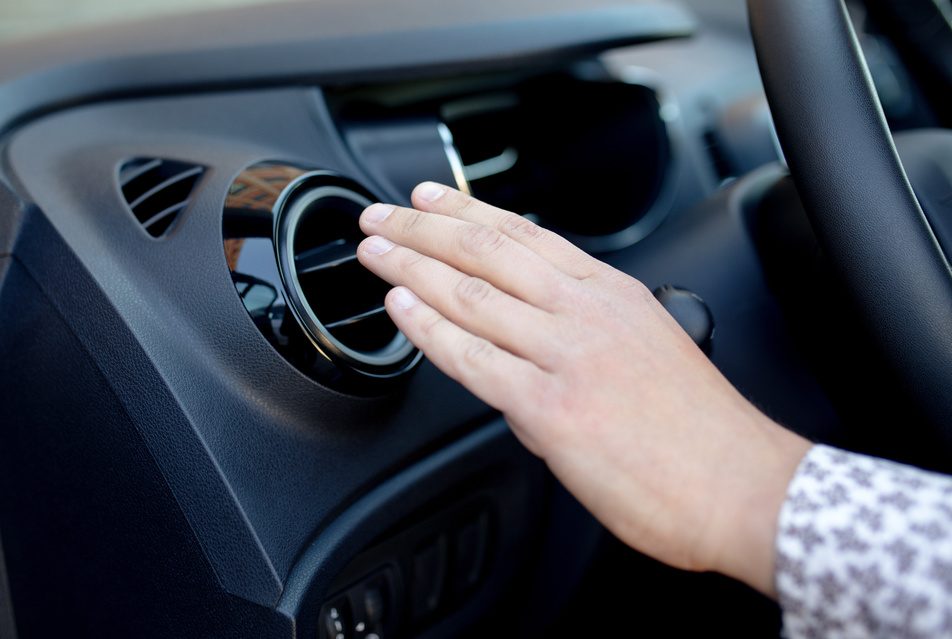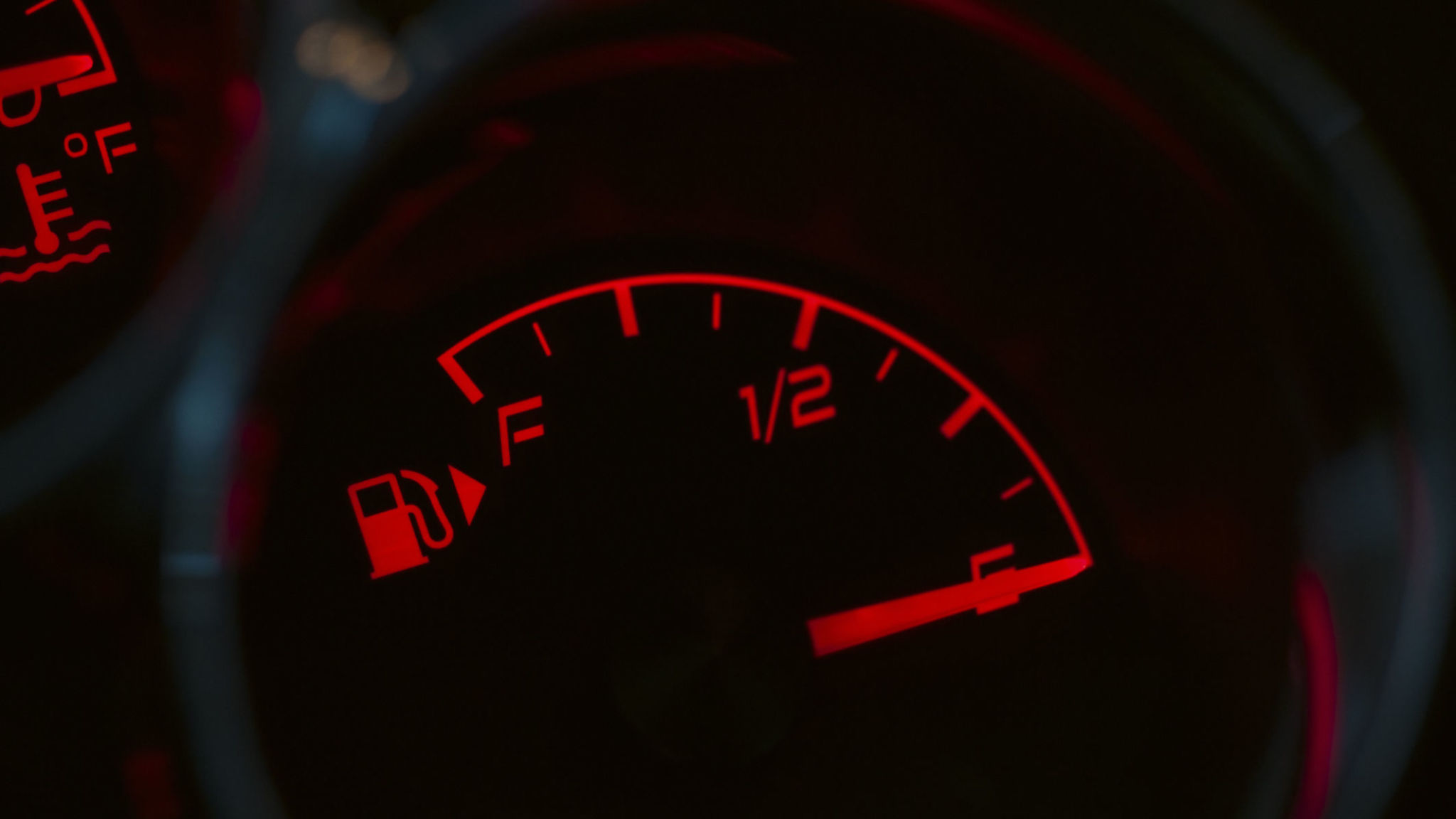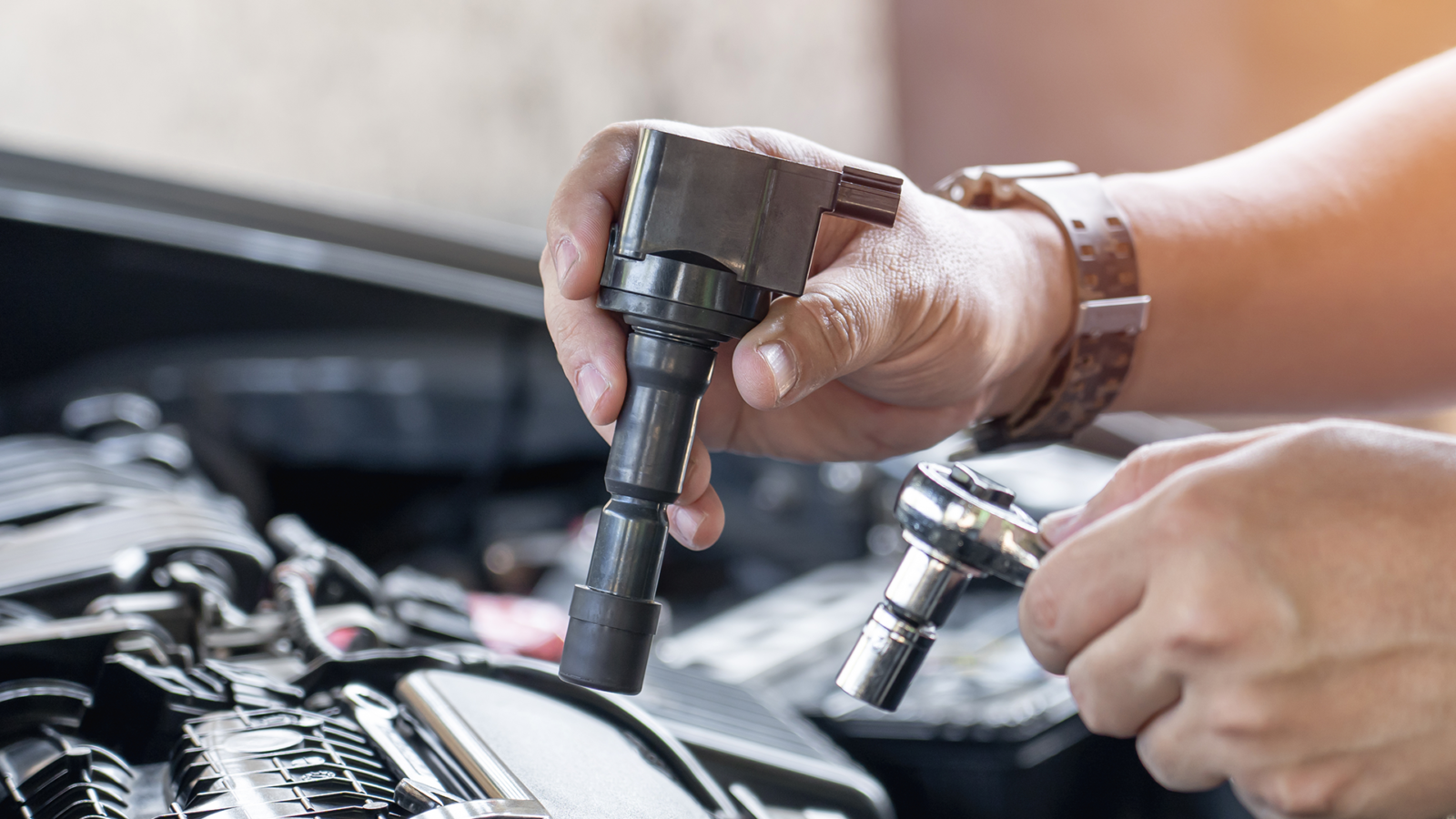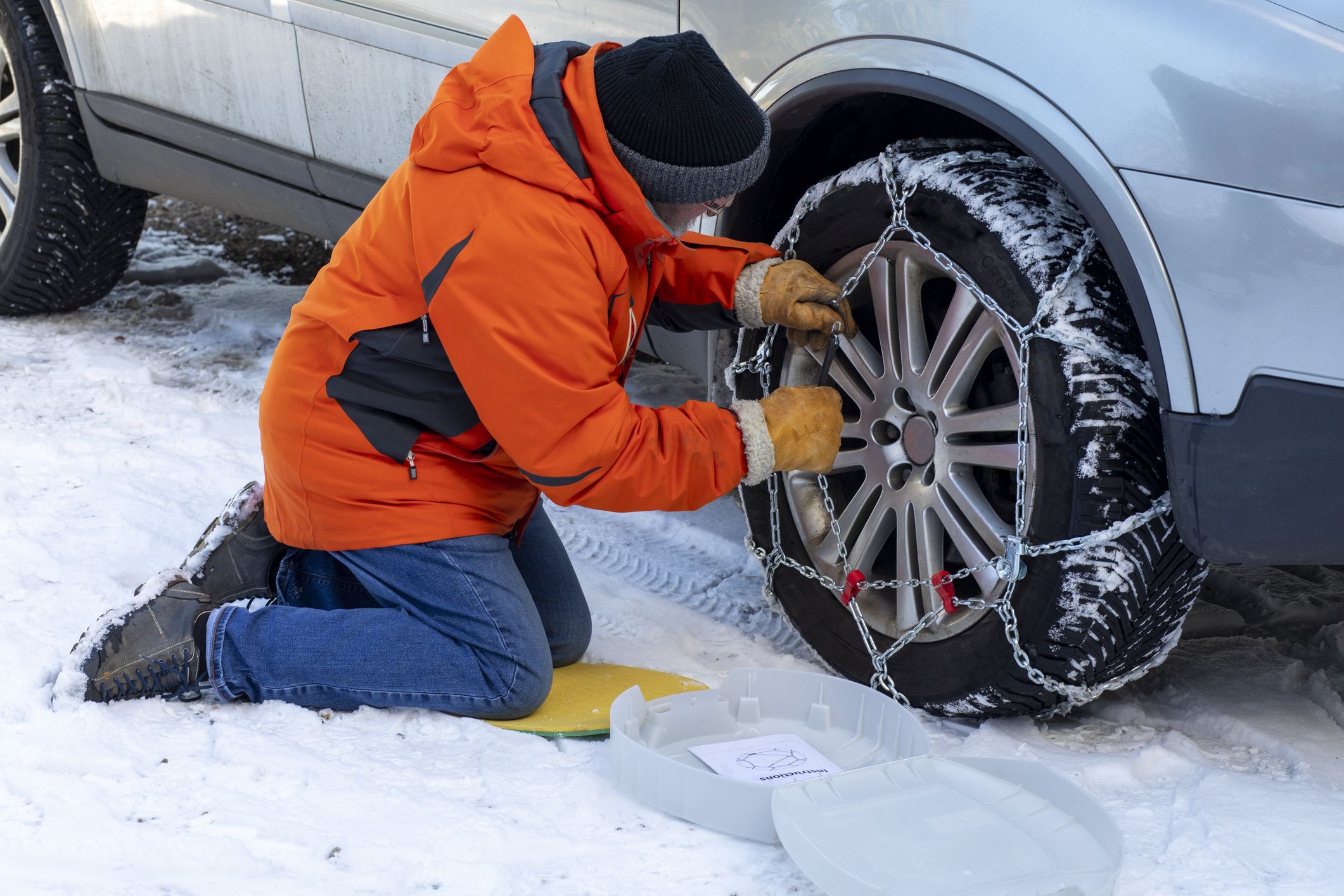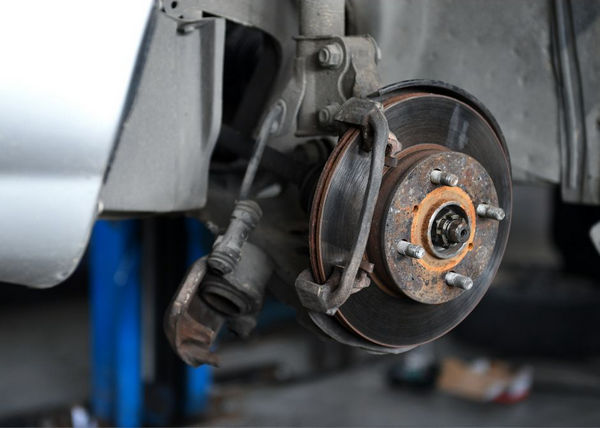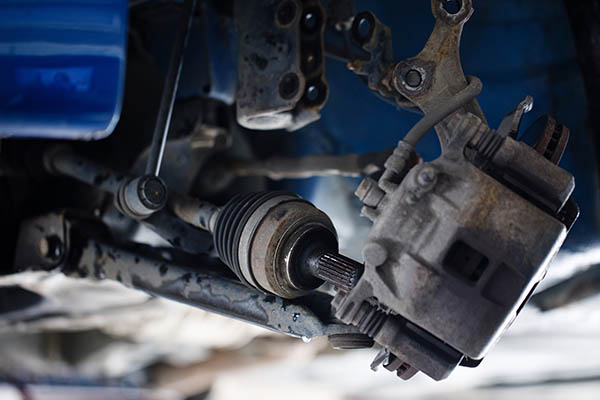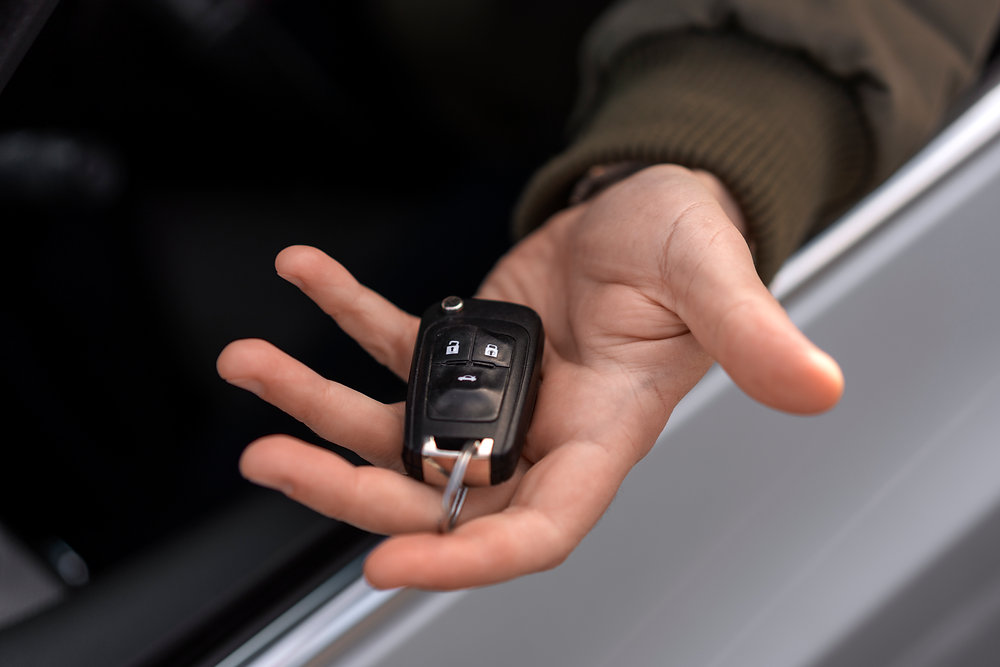A broken car thermostat can significantly impact how a car runs. Learn about a thermostat’s function, signs that it may be faulty, and how to troubleshoot problems.
What does a thermostat do in a car?
A thermostat regulates the temperature of coolant in a car, helping the engine operate at an ideal temperature. The thermostat is a valve located between the engine and the radiator, and it closes or opens based on the engine’s temperature. It stays closed when the engine is cold and opens as it heats up, allowing coolant to flow to the radiator to cool the engine.
Signs of a bad thermostat in a car
An overheated engine: This is the most common symptom of a bad thermostat. If corrosion or age has caused the thermostat to remain closed, the coolant won’t flow to the radiator, and the engine can overheat. This will be indicated in a high temperature reading on your dashboard temperature gauge.
Unusual temperature readings: Keep an eye on the dashboard temperature gauge for fast jumps from normal to hot or unexpected fluctuations. These could be caused by a faulty thermostat sending mixed signals to the gauge.
Low coolant levels: An improperly working thermostat can lead to low coolant levels in the radiator. If you suspect thermostat issues, you could consider visually checking your coolant levels. When the vehicle is off and completely cool, open the hood and find the radiator and coolant reservoir. The reservoir is probably made of clear plastic so you can see the fill line and the coolant level.
Issues with the vehicle’s heat: During cold weather, it could take a long time for the heat to be noticeable, or the temperature in the car may just never feel warm enough.
Lower fuel efficiency: An engine that isn’t running optimally can lead to poorer fuel economy.
How to test a car thermostat
Before replacing a thermostat, it’s essential to run a test to confirm that it’s faulty. However, always remember to work on a cool engine, use gloves and eye protection, ensure that there’s plenty of ventilation, and consult professionals if you need assistance. Safety should always be a priority when dealing with car maintenance.
Feel the radiator hose: When the engine is warming up, a cold hose may indicate that the thermostat isn’t working properly.
Use an OBD-II scanner: This device allows you to check engine temperature variances. With the ignition off, plug the scanner into the OBD-II port, which is usually under the dashboard on the driver’s side of the car. From there, follow instructions on the scanner for additional information that might be needed, then read any diagnostic codes and view live data and sensor readings.
Perform the boiling water test: Placing the thermostat in water and bringing it to a boil lets you see how it performs. Follow these steps to test your thermostat:
- Remove the thermostat from the car and drain the coolant from the radiator.
- Examine the thermostat to see if it’s already in an open or closed position; if it’s fully open, it’s probably faulty.
- Get a pot large enough to hold the thermostat and bring water to a boil; submerge the thermostat in the water.
- Once the water’s boiling, measure the water’s temperature with a thermometer.
- The thermostat should start to open at the specified temperature, which is usually printed on the thermostat; if it doesn’t open or opens too early, it’s faulty.
Can you drive a car with a bad thermostat?
It’s possible to drive with a bad thermostat, but it’s not recommended. Doing so can cause your car to overheat, leading to severe engine damage that will be costly to repair.
How to change a faulty thermostat in a car
Always use safety precautions and consult a professional for help when needed. Follow the steps below to replace a faulty thermostat yourself:
- Put a large bucket or container under your work area to catch radiator fluid; save it to pour back into the radiator when finished.
- Follow the radiator hose to the thermostat, remove the clamp, and remove the hose (fluid will drain from the radiator).
- Remove the bolts holding the housing and old thermostat.
- Remove the gasket around the old thermostat’s housing.
- Install the new thermostat with the spring side down and replace the bolts.
- Replace the hose and hose clamp and pour the fluid into the coolant reservoir.

